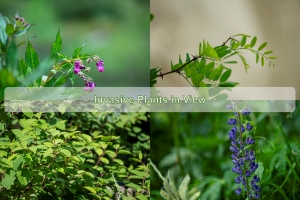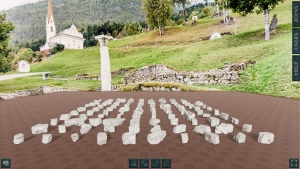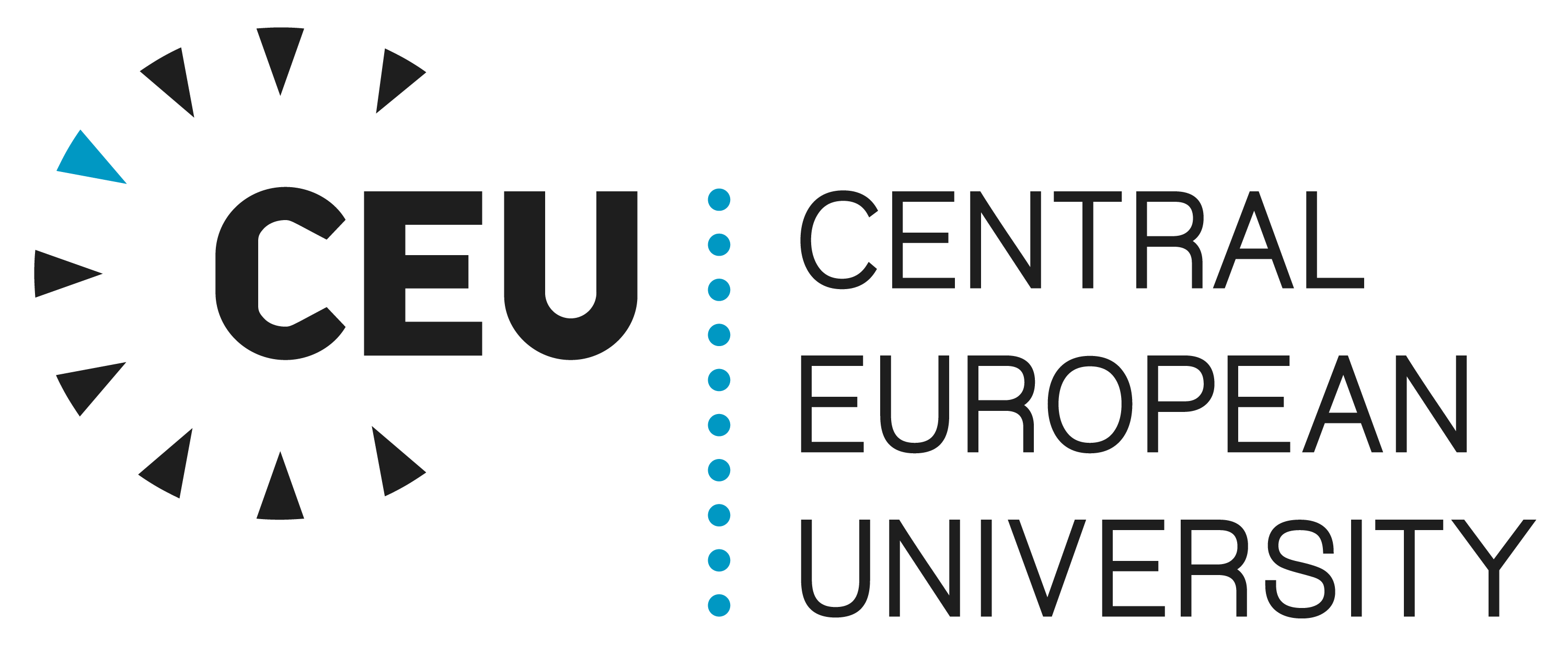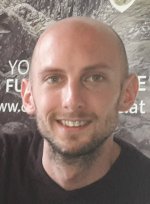
Florian Heigl
underwater world of garden ponds
The AmphiBiom project provides a very exciting insight into the variety of animal inhabitants that have already moved into garden owners' newly established ponds.
Take a look at our blog and dive into the fascinating underwater world of garden ponds.
Podcast: Mosquitoes
The new episode of our podcast "Wissen macht Leute" is online!
This edition is all about the Mosquito Alert project from AGES-Austrian Agency for Health and Food Safety GmbH, which makes it easy to report tiger mosquitoes and other mosquitoes using a free app.
Listen to the podcast in German: https://www.citizen-science.at/blog/radio-mosquito-alert
New project: Invasive plants in view
We are delighted to welcome a new project to Österreich forscht: "Invasive plants in view".
The citizen science project is dedicated to monitoring invasive alien plant species in the mountain regions of the Geopark Karawanken. Join in the research and report invasive plants if you are on holiday in this region or live there.
Invasive Plants in View
Monitoring in the Karawanken UNESCO Global Geopark
Together we can limit the spread of invasive species and protect the biodiversity of our mountain regions!
Introduction
Our Citizen Science project is dedicated to monitoring invasive alien species (IAS) in the mountain regions of the Karawanken Geopark. Invasive species are plants or animals introduced by human activity into regions where they do not originally occur, often through intercontinental trade. While most introduced species rely on human support to survive, some can adapt and thrive independently. A subset of these become invasive, posing significant threats to native ecosystems.
Problem Definition
Invasive alien species spread rapidly because they produce large quantities of seeds, grow quickly, and have few natural enemies in their new environment. This allows them to colonize new areas swiftly and displace native species. They can also affect water supplies, agriculture, and human health.
Mountain regions are less affected by invasive plants, but the risk is increasing due to climate change and human land use. These species are often introduced at lower altitudes and spread along corridors such as roads, hiking trails, and watercourses to higher altitudes. Seeds and spores can stick to tires, shoes, and tools, facilitating their spread. Intentionally introduced plants, such as seed mixtures for roadsides or ski slopes and ornamental plants, also contribute to their spread.
Once invasive species appear in mountainous regions, they are difficult to control due to the challenging terrain. To take appropriate measures, it is essential to monitor the populations of these species in the Geopark.
-
 Canadian goldenrod (Solidago canadensis) CC-BY 2.0 Andreas Rockstein Canadian goldenrod (Solidago canadensis) CC-BY 2.0 Andreas Rockstein
Canadian goldenrod (Solidago canadensis) CC-BY 2.0 Andreas Rockstein Canadian goldenrod (Solidago canadensis) CC-BY 2.0 Andreas Rockstein -
 Japanese knotweed (Fallopia japonica) © Urosh Grabner Japanese knotweed (Fallopia japonica) © Urosh Grabner
Japanese knotweed (Fallopia japonica) © Urosh Grabner Japanese knotweed (Fallopia japonica) © Urosh Grabner -
 Black locust (Robinia pseudoacacia) © Urosh Grabner Black locust (Robinia pseudoacacia) © Urosh Grabner
Black locust (Robinia pseudoacacia) © Urosh Grabner Black locust (Robinia pseudoacacia) © Urosh Grabner -
 Bigleaf lupine (Lupinus polyphyllus) © Urosh Grabner Bigleaf lupine (Lupinus polyphyllus) © Urosh Grabner
Bigleaf lupine (Lupinus polyphyllus) © Urosh Grabner Bigleaf lupine (Lupinus polyphyllus) © Urosh Grabner -
 Himalayan balsam (Impatiens glandulifera) © Urosh Grabner Himalayan balsam (Impatiens glandulifera) © Urosh Grabner
Himalayan balsam (Impatiens glandulifera) © Urosh Grabner Himalayan balsam (Impatiens glandulifera) © Urosh Grabner
https://www.citizen-science.at/en/conference/author/934-florianheigl?start=20#sigProId75c9df7eb2
Project Area
The Karawanken UNESCO Global Geopark covers an area of 1,067 km² and includes five Slovenian and nine Austrian municipalities. This cross-border area is a unique natural and cultural experience region characterized by its outstanding geological heritage. The aim of the Geopark is to preserve the geological and natural resources as well as the cultural heritage of its members. By raising awareness, providing information, and education about the Geopark and its network at European and global levels, it contributes to strengthening its position as an important geopark. The Geopark also promotes economic use through sustainable tourism and supports cross-border cooperation for the sustainable development of the region.
Further information about the Karawanken Geopark can be found on the Geopark homepage.
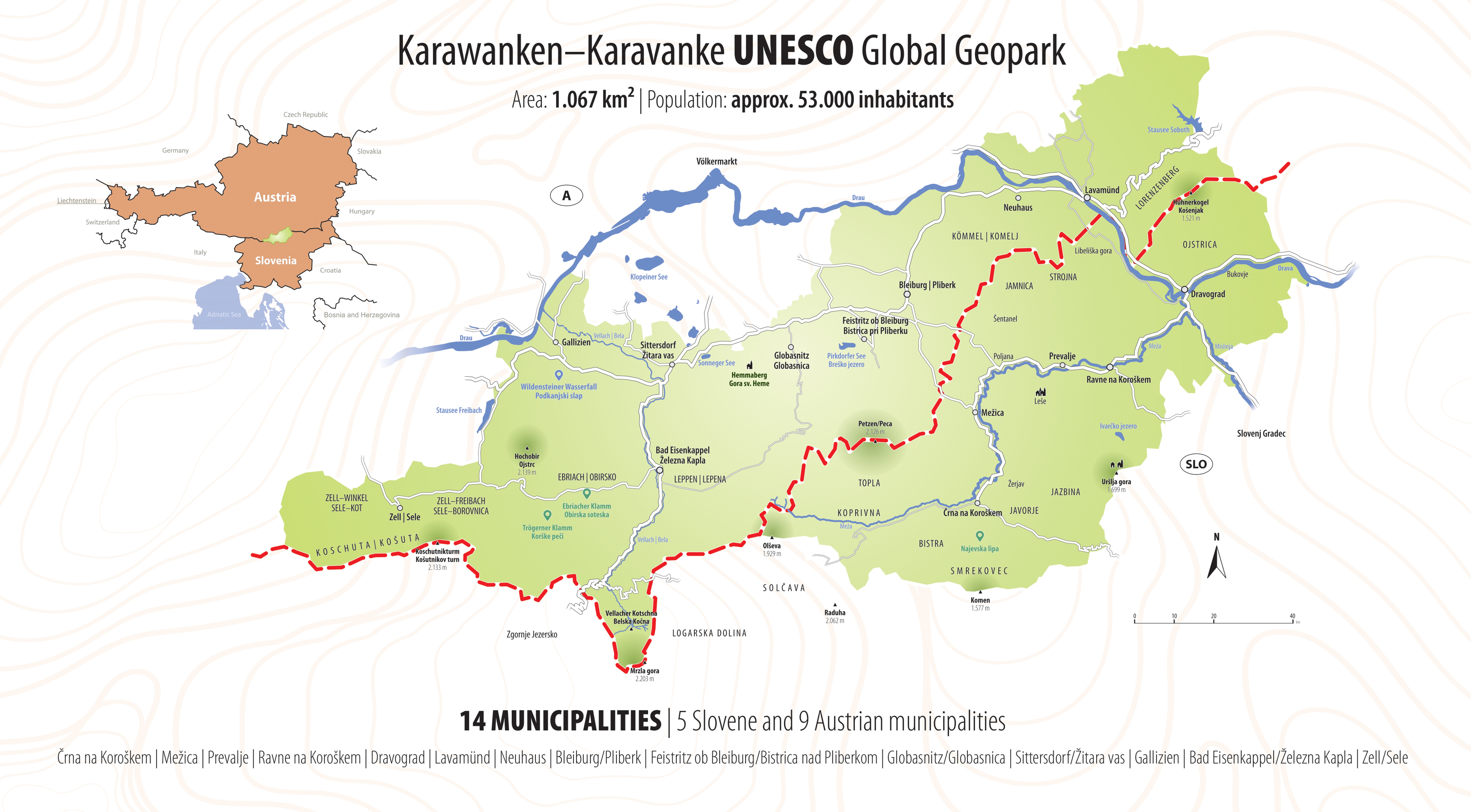
Image 3: Overview map Karawanken UNESCO Global Geopark © Urosh Grabner
Project Goals
- Monitoring and Early Detection: Establishing a network to monitor invasive species in the Karawanken UNESCO Global Geopark in order to detect their spread at an early stage.
- Awareness-Raising and Education: Informing and involving the population about the importance and impact of invasive alien species and the influence of climate change and human activities on their spread.
- Data Collection and Analysis: Collecting and analyzing data on the occurrence and spread of invasive species by citizen scientists.
- Management and Control: Developing an action plan to control and contain invasive species in order to protect native ecosystems.
Methodology
- Participation: Involving the population as citizen scientists who collect data on the occurrence and spread of invasive species.
- Training and Workshops: Providing online educational materials and workshops to equip participants with the necessary knowledge and skills to identify and report invasive species.
- Online Green Academy
- Workshops
- Data Platform: Using the iNaturalist platform to record the locations of plant species. The collected data is validated there and then analyzed and published by the Carinthia University of Applied Sciences (UNESCO Chair for Sustainable Management of Protected Areas).
Expected Results:
- Improved Data Basis: Basic data collection on the occurrence and spread of invasive species in the Karawanken Geopark.
- Increased Awareness: Better-informed and engaged population actively contributing to monitoring and protecting native ecosystems.
- Effective Management Strategies: Action plan to control and contain invasive species in hard-to-reach areas.
How Can I Take Part?
We invite all interested citizens to join our project and help protect the unique mountain ecosystems of the Karawanken Geopark. You can actively contribute by photographing foreign plants in the Karawanken Geopark and uploading them to iNaturalist.
Using the iNaturalist app, you can photograph any animal or plant. The app identifies the species using artificial intelligence, and the iNaturalist community can confirm or improve your discovery, enhancing the quality of observations over time.
Information about the five most common species in the Karawanken Geopark, their impact, and recognition tips can be found in our project journal on iNaturalist.
Simple Guide to Get Started
- Download the App: Get the iNaturalist app from your app store (available for iOS and Android).
- Create an Account: If you don't have an iNaturalist account, (quick and free!).
- Join Our Project: After registering, search for our project "Invasive Alien Species - Karawanken-Karavanke UNESCO Global Geopark"
- Add Your Observation: If you spot an unfamiliar plant in the Karawanken Geopark, use the iNaturalist app to:
- Take Photos: Clear images of the plant and its surroundings.
- Notes: Estimate the number of plants and their area coverage (e.g., few, medium, many).
- Location: Allow the app to access your location or manually select it on the map.
- Submit Your Observation: Enter all required information and submit your observation. Your contribution helps monitor invasive alien plants and protects our environment.
Video 1: What is iNaturalist?
Data Protection Information
No participant data is analyzed in this project. By joining, participants agree to iNaturalist's terms of use. Users control what data is visible to others when creating iNaturalist data, and settings can be managed in account details on the platform.
Project Details and Contact
This project is co-funded by the INTERREG Central Europe project HUMANITA - Human-Nature Interactions and Impacts of Tourism Activities on Protected Areas, supported by the Interreg CENTRAL EUROPE Program 2021-2027 with co-financing from the European Regional Development Fund (ERDF). The project's total budget is EUR 2,396,346.70, with EUR 1,917,077.36 funded by ERDF.
For questions or more information, please contact:
Project Management, FH Kärnten: Lilia Schmalzl (This email address is being protected from spambots. You need JavaScript enabled to view it.)
Project Management EVTZ Geopark Karawanken: Urosh Grabner (This email address is being protected from spambots. You need JavaScript enabled to view it.)

This project fulfils version 1.1 of the quality criteria for citizen science projects on Österreich forscht.
Montanuniversität Leoben
Since its foundation in 1840, Montanuniversität Leoben has developed its profile in several phases and today positions itself as a university for "Responsible and Circular Systems". Its expertise extends along the "circularity of systems" from raw material extraction to production processes, a wide range of products and recycling. This is reflected in the central areas of expertise of Advanced Resources, Sustainable Processes and Smart Materials. In these areas of expertise, Montanuniversität Leoben is almost the only university, also internationally, to have a closed knowledge base. In line with this, five core values determine research and teaching in 13 Bachelor's degree programs and 25 Master's degree programs: energy efficiency, climate neutrality, sustainability, zero waste and circular design.
Citizen Science is currently being pursued at Montanuniversität Leoben as part of two Sparkling Science projects in which Montanuniversität Leoben is collaborating with educational institutions from Tyrol and Lower Austria, among others. The focus is on solutions for the utilization of CO2 as well as on access to the topic of resource use in the sense of cultural sustainability research via fairy tales. Montanuniversität Leoben is also contributing chemical analyses of environmental samples and human remains to a project on Neolithic migration in Lower Austria and is working together with a secondary school in Lower Austria.
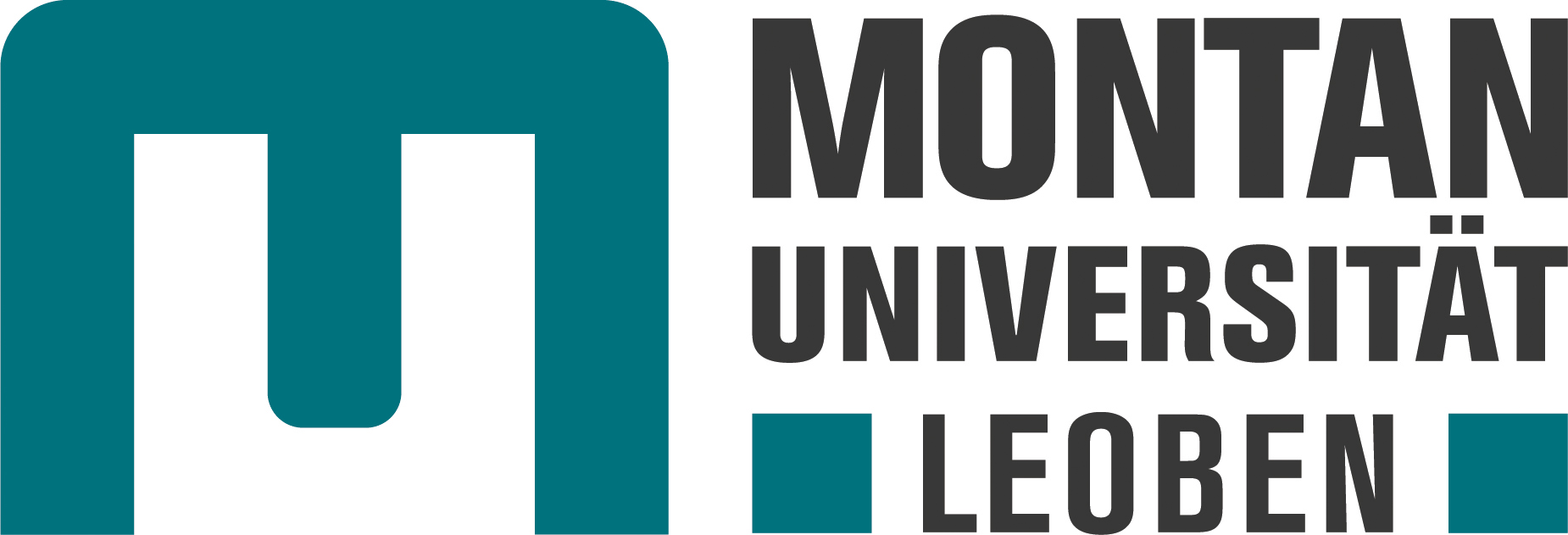
Open Reassembly
Many archaeological artifacts today are only preserved in fragments. Reassembling these parts into their original form is therefore an important but challenging task for archaeology.
Computer-assisted methods can facilitate this task or even partially solve it in some cases. However, due to the usually poor preservation of these artifacts and their potential incompleteness, reliable fully automatic reassembly is rarely possible in practice.
The goal of the Open Reassembly project is to design the solution to such complex tasks as a collaborative process involving many participants and in optimal interplay with computer-assisted methods.
Therefore, we invite Citizen Scientists to be part of this process and work together with other hobby archaeologists to solve these challenging puzzles. On this platform, puzzle experts can virtually reassemble the fragments of an ancient artifact together, evaluate the adjustments made by other participants, and thus earn points for good adjustments.
On their first visit, new users can create a new username in the "New Users" menu and start the puzzle. The system randomly assigns new users to one of several virtual puzzle rooms. Under "Existing Users," they can later continue where they left off.
Further information about the artifact, its archaeological background, and helpful tips for reassembly can be found under the "Artifact Details" menu.
Podcast episode
In Janurary 2025, team members Reinhold Preiner, Peter Houska and Stephan Karl gave insights into the project on the Österreich forscht podcast Wissen macht Leute - you can listen to the episode here (in German).
Gallery
-
 View on virtual stone fragments in Open Reassembly View on virtual stone fragments in Open Reassembly
View on virtual stone fragments in Open Reassembly View on virtual stone fragments in Open Reassembly -
 Detail view on some virtual stone fragments in Open Reassembly Detail view on some virtual stone fragments in Open Reassembly
Detail view on some virtual stone fragments in Open Reassembly Detail view on some virtual stone fragments in Open Reassembly
https://www.citizen-science.at/en/conference/author/934-florianheigl?start=20#sigProId999a219ed1
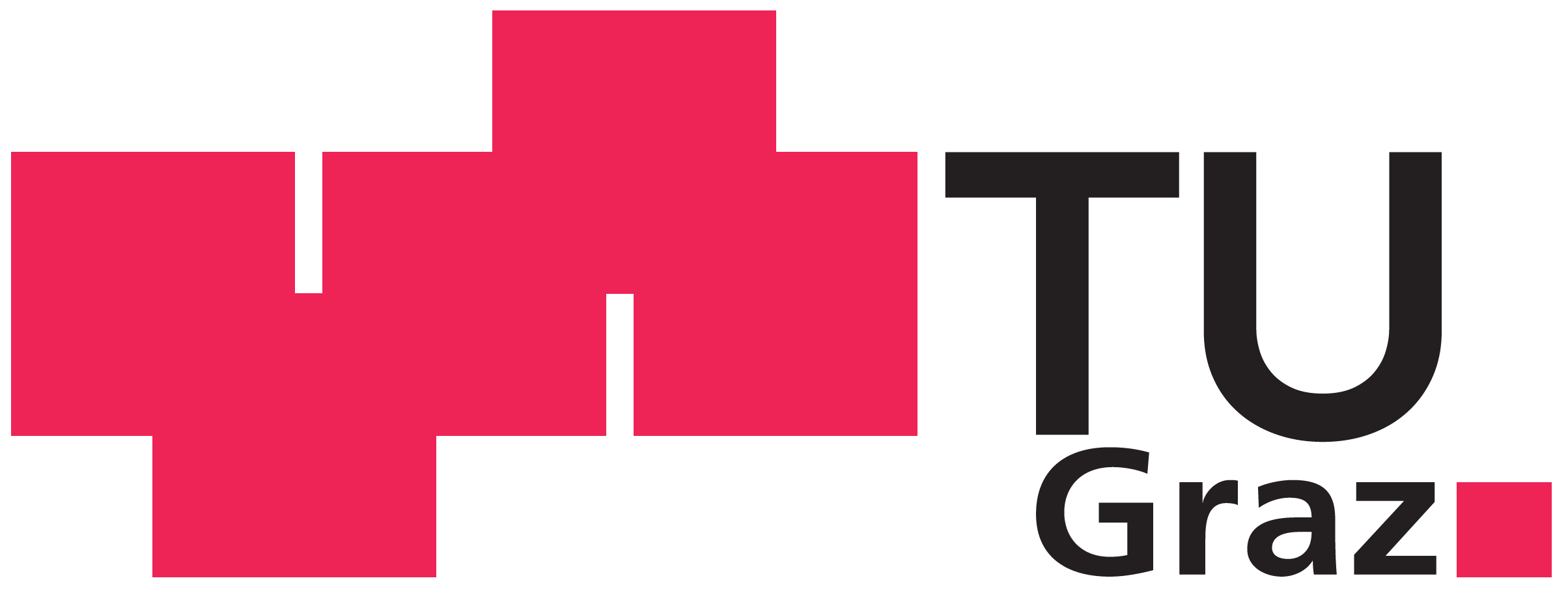
This project fulfils version 1.1 of the quality criteria for citizen science projects on Österreich forscht.
Show me your mouse, cat!
Your cat - our researcher
Attention cat owners in Vorarlberg! Under the motto "Show me your mouse, cat!", we are collecting dead mice and other small mammals that your cat brings to your home. From June to November 2024, you can hand in these "gifts" from your cat to us or other collection points in Vorarlberg. The aim of this campaign is to obtain as much data as possible on our native small mammals for the compilation of the Vorarlberg Red List of Small Mammals.
A project as part of the Vorarlberg Red List of Small Mammals
HOW DO I COLLECT A DEAD MOUSE?
Because dead animals can carry pathogens or parasites, the following principle applies: Do not touch a dead animal with your fingers!
Therefore, please proceed as follows:
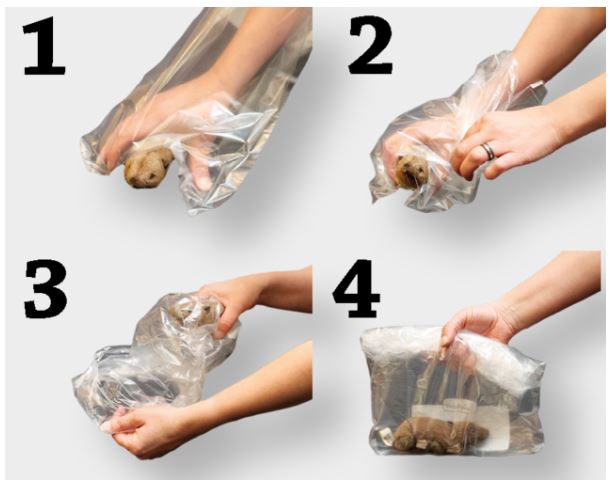
- Take a plastic bag (e.g. freezer bag) and put your hand in it.
- Grasp the dead mouse with your hand in the plastic bag.
- While holding the mouse with one hand, run your other hand along the edges of the bag over the mouse in your hand.
- Use a pencil to write down the following information about the find on a piece of paper: your name, address, telephone number, e-mail address, date or use the form for reporting (in German) a find. Only fully completed forms result in a scientific data record and can/may be recorded.
- Place the slip of paper in the plastic bag with the mouse.
- Seal the plastic bag tightly and in a space-saving manner (no air in the bag if possible)
- Place the plastic bag in the freezer.
- Take the plastic bag to inatura or one of the collection points at the next opportunity. Please do not allow it to thaw (cool bag/box with cool packs).
If you follow this simple method, you are on the safe side.
PLEASE DO NOT SEND THE DEAD ANIMALS BY POST! THE ANIMALS ARE THEN NOT SUFFICIENTLY COOLED AND DECOMPOSE VERY QUICKLY. PLEASE ONLY SEND ANIMALS WITH FUR (NO BIRDS, REPTILES ETC.)!
Small animals - little knowledge!
There are 29 species of small mammals in Vorarlberg. These include representatives of the dormice, birch mice, true mice, shrews, voles, hedgehogs and moles.
We do not know much about the distribution of small mammal species in Vorarlberg. The available data is poor. But it is precisely this data that we need in order to compile the Vorarlberg Red List of Small Mammals. And that's not so easy - because many of the small animals live very hidden lives and are difficult to find. And this is where your cat comes into play. Its hunting instinct makes it a predator - and therefore a co-researcher for us!
The cat in the service of science
Around 24,000 cats live in Vorarlberg (Statistics Austria 2019/2020).
A cat brings home 1/10 of its prey. However, these "gifts" are not usually met with joy by humans and so the small mammals are disposed of as quickly and inconspicuously as possible.
Unfortunately, it has to be said. Because these prey animals provide valuable information. As dead animals, they can be clearly identified to species. Information on sex, body mass and reproduction can also be obtained from the respective species.
You can find information about our small mammals in Vorarlberg at www.laendlemaus.at (in German).
What is close to our hearts!
So that we are not misunderstood - we are expressly not encouraging you to "send your cat hunting" more often (if that is even possible)! But we do think that if mice and other small mammals are already dying, then their deaths should still have a benefit for scientific research.
Free-roaming cats prey on small mammals, amphibians, reptiles and birds. You can find out how you as a cat owner can enjoy your cat and protect birdlife at the same time at www.birdlife.at.
What data is required?
Your name, address, telephone number, e-mail address, date found.
Please use the report form (in German) and fill it out in pencil.
Only with this information can your dead small mammal be used scientifically!
When can dead small mammals be handed in?
From June to November 2024, dead small mammals can be handed in at inatura and at the drop-off points.
Where are the drop-off points? You can find the list of drop-off points on the project website.
Further information on the "Show me your mouse, cat!" project can be found on the project website.
The project is being realised by the nature museum inatura Erlebnis Naturschau Dornbirn together with apodemus OG - Privates Institut für Wildtierbiologie.
Project duration: June - November 2024
Project management:
Dr. Christine Resch, Dr. Stefan Resch, apodemus OG - Privates Institut für Wildtierbiologie www.apodemus.at
Project organisation:
Dipl.–Biol. Anette Herburger, Teamleitung Forschung der inatura Erlebnis Naturschau GmbH

This project fulfils version 1.1 of the quality criteria for citizen science projects on Österreich forscht.
Central European University
Central European University, based in Vienna, brings together students and faculty from more than 100 countries in a close-knit community that promotes dialog and collaboration across borders, cultures and disciplines. Accredited in Austria and the USA, the private university is internationally recognized for its academic excellence and is currently ranked in the top 50 in the world in two fields of study. A deeply interdisciplinary approach permeates all aspects of learning and research, with a focus on real-life research questions.
Founded in 1991, the private university moved from Budapest to Vienna in 2019 and, in addition to its mission to promote an open society, is characterized by high standards in research and teaching.
The CEU Science for Society Hub collects ideas, requests and research questions from civil society organizations, communities, cultural institutions and schools and addresses them in courses, internships, theses and/or research projects. The programme is based on CEU’s many years of experience in running practice- and policy-oriented study programmes and courses in collaboration with external organizations. CEU is committed to open science and actively works in partnerships with social and human rights organizations, environmental institutions, schools, public authorities and international organizations in Vienna and beyond.
City-Zen Boden
“Healthy Soil" research platform for Viennese community gardens
As a follow-up project to "Heavy Metal City-Zen", we are once again inviting Viennese community gardens, garden projects or similar garden initiatives to take part in this project and conduct research together with us.
The aim of this project is to scientifically assess the potential risk of heavy metal contamination of crops in Viennese city gardens and to investigate the extent of soil contamination with microplastics.
We will make the results of the study and additional information on soil health available on our City-Zen soil research platform, which we are developing as part of the project.
Background
Urban gardening has become increasingly popular over the last two decades. However, gardeners are often concerned about their crops being contaminated by pollutants such as heavy metals.
Plant availability of heavy metals is strongly influenced by the soil properties and the plants being cultivated. Through appropriate soil management, it is possible to reduce the potential transfer of heavy metals to plants.
We want to test whether the heavy metal content in plants grown in one variant (e.g. a mix with compost) differs from those plants grown in a control variant (untreated urban soil).
How do we want to test this?
We need you for this! Become a Citizen Scientist by conducting a "pot experiment" with radishes in your urban garden. Plant and soil samples will be collected from these tests and an analysis for heavy metals will then be carried out in our laboratory.
Participation in the project will benefit the entire community of the garden. Together we can generate the following information about the garden's location:
- Whether and to what extent the soil in your garden is contaminated with heavy metals and microplastics.
- If contamination is present, whether the soil treatment you have chosen could reduce the transfer of these heavy metals to the plants.
- We can also do on site measurements of soil and plant parameters such as pH and yield.
Further information on the project can be found on the website.
Who can take part in the "City-Zen Soil" project?
- People who are involved in a community garden, garden project or similar garden initiative.
- These gardens are in Vienna.
What do I have to do to take part in the project?
Simply write to us by e-mail if you are interested in taking part: This email address is being protected from spambots. You need JavaScript enabled to view it.
The project is funded by the Vienna Business Agency. A fund of the city of Vienna.
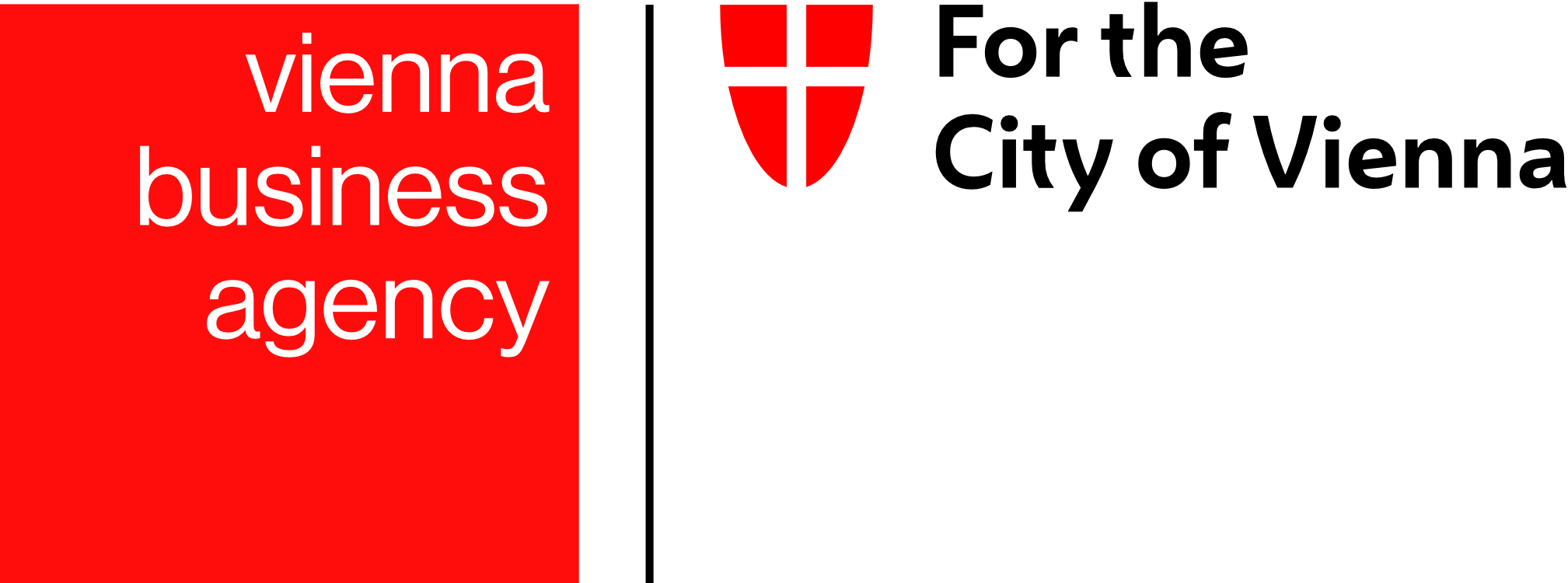
The results of the "Heavy Metal City Zen" project can be found in our blogpost (in German) and on our project website.
This project fulfils version 1.1 of the quality criteria for citizen science projects on Österreich forscht.
Global Underwater Explorers
The Global Underwater Explorers (GUE) was founded 25 years ago by a small group of research-minded students in Florida. Their initial goal was to explore the unexplored caves of the region. But what emerged from their endeavours went far beyond pure exploration.
Driven by the diversity of skills in their team, the founders recognised the need for a standardised approach. Thus, the concept of "Doing It Right" (DIR) was born. At its core, DIR advocates uniformity in equipment and skills for both research divers and support staff, setting a global benchmark for excellence.
Today, GUE – and so GUE Austria too – stands as a beacon within the global diving community and is involved in a variety of projects spanning cave exploration, wreck diving and environmental protection. Our team operates at the highest level of diving and is capable of conducting dives to depths of over 100 metres. Our unwavering commitment to safety and teamwork is always paramount.

